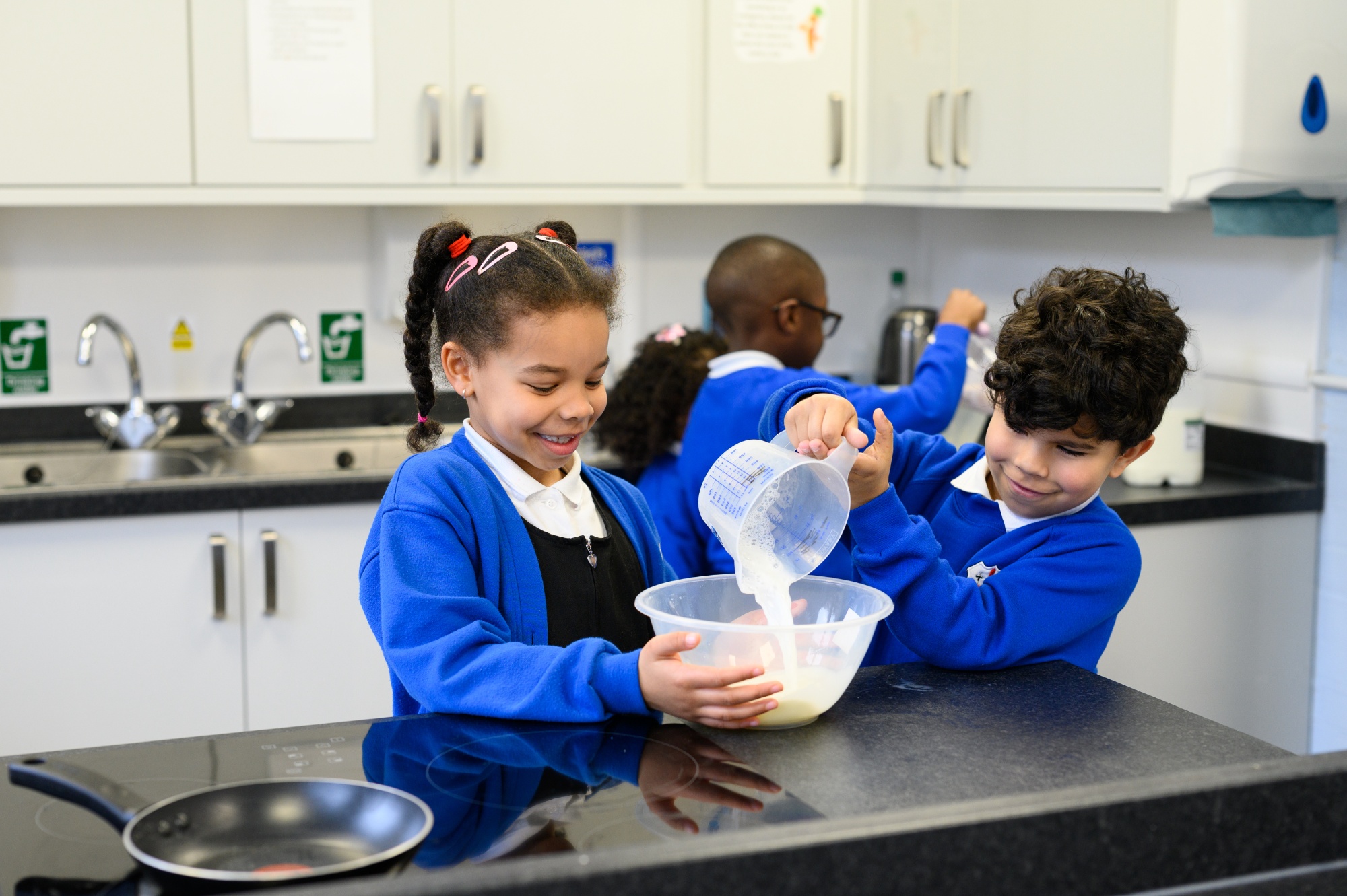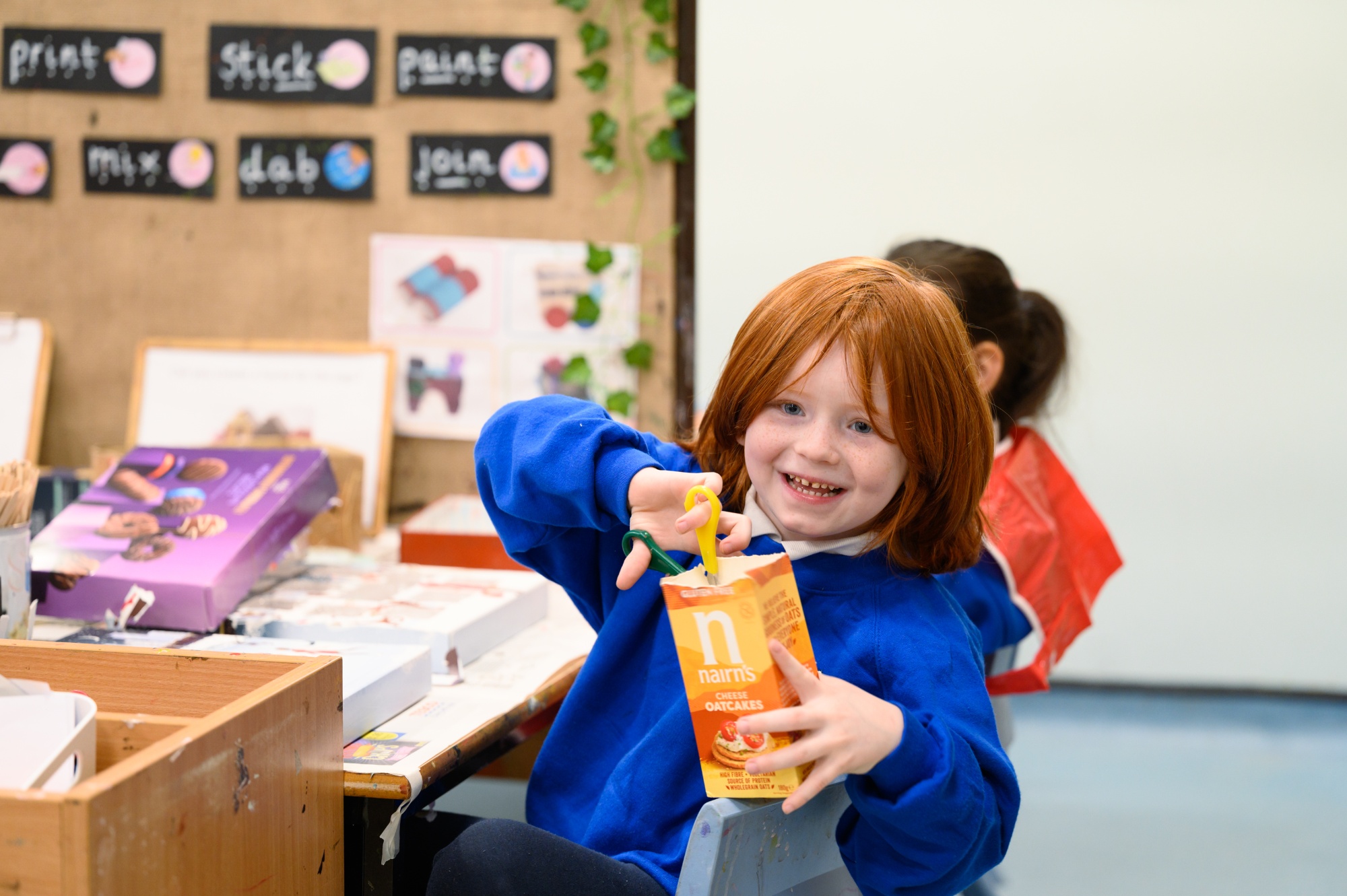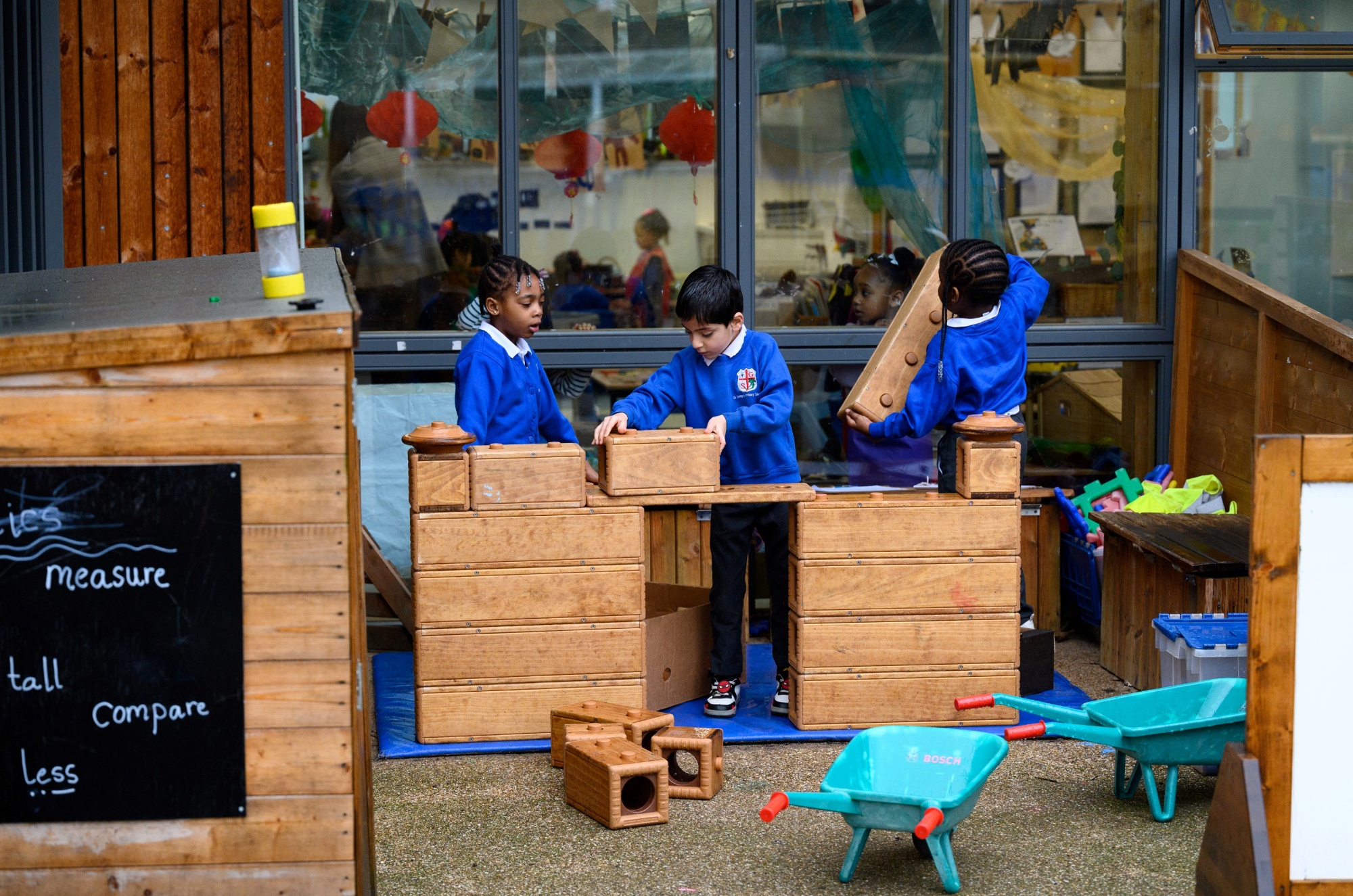Design Technology
Be innovative.
Be hands-on.
Be diagnostic.

Our Design Technology Curriculum Vision Statement
Be innovative. Be hands-on. Be diagnostic.
Intent
Our intent is to deliver the content outlined in the CUSP Design and Technology curriculum, which is organised into six progressive blocks. Each block covers a particular set of disciplines:
- food and nutrition
- structures,
- systems, including electrical systems
- understanding materials and textiles
- mechanisms
Vertical progression in each discipline has been deliberately woven into the fabric of the curriculum so that pupils revisit key disciplines throughout their primary journey at increasing degrees of challenge and complexity.
In addition to the core knowledge required to be successful within each discipline, the curriculum outlines key aspects of development to work as a designer:
- Make
- Evaluate
- Apply
- Design
Each module will focus on promoting different aspects of these competencies.

Implementation
All areas of our curriculum are implemented using ten principles of effective instruction outlined in our Teaching Touchstones, which work in symbiosis with the Gradual Release Towards Independence model for teaching.
In design and technology, we make explicit reference to the design process. In each module, pupils are explicitly taught about inspirational designers with examples of their real-world contributions. This is then followed by considerable opportunity for deliberate practice where the children learn the techniques necessary to create their own design. This design is then evaluated, based on which the children can reflect on how they would improve their design in future. Each topic is taught progressively from Y1-Y6, effectively allowing the children to build on their previous knowledge and develop as creative designers.
Each class has a dedicated DT day each half-term, allowing time and space to learn, experiment, make, reflect and evaluate.
Impact
The impact of our curriculum is directly aligned to our whole school vision and culture statements, as well as the Design Technology vision statement and the aims and purposes set out in the national curriculum.
We say to our pupils:
Be innovative
This means we want our pupils to:
Be brave:
-
To design appealing products for themselves and others.
-
To create tests to deepen understanding on systems and structures.
-
Be inspired to be innovative by past innovators, designers and cooks.
Be great:
-
Develop creative, technical and practical expertise.
-
Apply their understanding of computing to program, monitor and control their products.
-
Apply their understanding of healthy eating to design eating options around a brief.
Be you:
-
Use creativity and imagination.
-
Be curious and ask questions about the world around them.
Be hands-on
This means we want our pupils to:
Be brave:
-
Select from and use a range of tools and equipment to perform practical tasks.
-
Investigate and analyse a range of existing products.
-
Have the courage to persevere when designs are not meeting a brief.
Be great:
-
Select from a wide range of materials and components, construction materials, textiles and ingredients according to their characteristics.
-
Understand and apply the principles of nutrition and learn how to cook.
Be you:
-
Learn how to take risks.
-
Be able to bring your own skills and experience to a project.
Be diagnostic
This means we want our pupils to:
Be brave:
-
Critically evaluate theories.
-
To use a growth mind-set when coming across challenging work.
Be great:
-
Build and apply a repertoire of knowledge.
-
Support others to evaluate their designs to improve their work.
Be you:
-
To connect schema from previously learned topics.
-
Create opinions based on evaluation of past and present design and technology.
-
Evaluate their ideas and products against their own design criteria and consider the views of others to improve their work.

